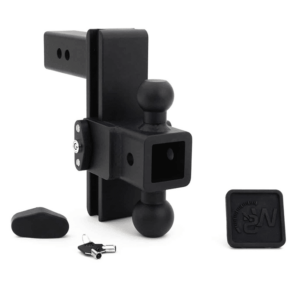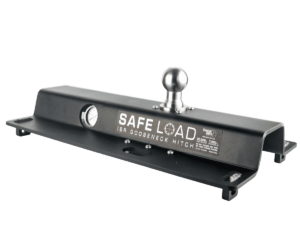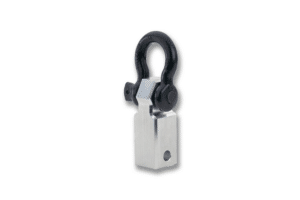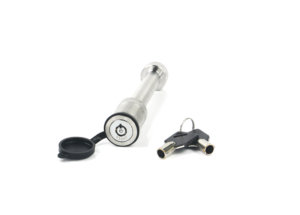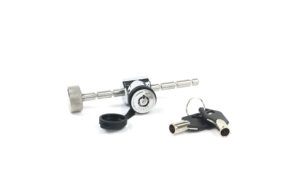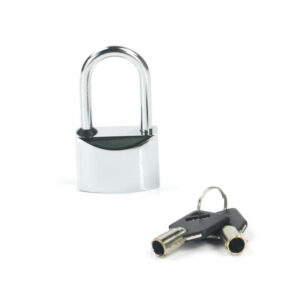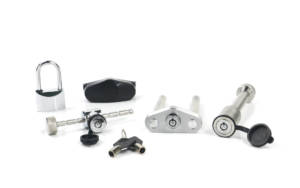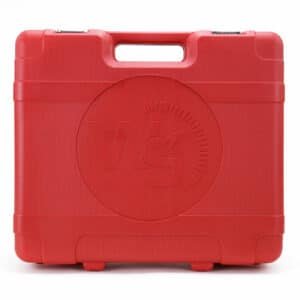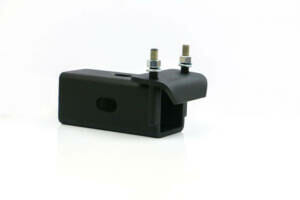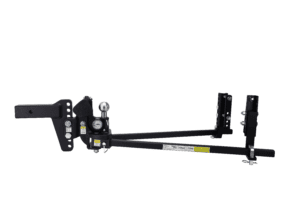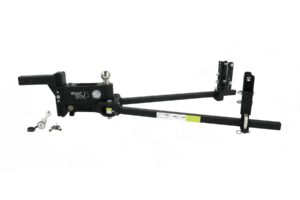Uncategorized
Beginner’s Guide to Offroad Driving: Conquer the Wild
Offroad driving is an exhilarating way to explore the great outdoors, offering a sense of adventure and freedom. However, it requires a different set of skills and knowledge compared to regular driving. This beginner’s guide will help you get started on your offroading journey, ensuring you have a safe and enjoyable experience.

Understanding Offroad Driving
What is Offroad Driving?
Offroad driving involves navigating through rugged terrains like dirt roads, sand dunes, rocky paths, and mud trails that are not typically accessible by conventional vehicles. It requires specialized vehicles and a good understanding of various driving techniques to tackle the challenging landscapes.
Why Offroad?
- Adventure: Explore places where regular vehicles can’t go.
- Scenic Beauty: Enjoy breathtaking views and untouched nature.
- Skills Development: Improve your driving skills and adaptability.
- Recreation: It’s a fun and thrilling activity for adventure enthusiasts.

Essential Gear and Equipment
Before you embark on your offroading adventure, make sure you have the following essential gear and equipment:
Vehicle Selection
- 4×4 Vehicle: Choose a four-wheel-drive (4WD) vehicle with good ground clearance, like a Jeep Wrangler, Toyota Land Cruiser, or Ford Bronco.
- Tires: Use offroad tires that provide better grip and durability.
- Recovery Gear: Equip your vehicle with a winch, tow straps, and shackles for recovery purposes.
- Suspension: Opt for a suspension system that can handle rough terrains.
Safety Gear
- First Aid Kit: Always carry a comprehensive first aid kit.
- Fire Extinguisher: Essential for safety in case of a fire.
- Seat Belts and Helmets: Ensure all passengers use seat belts and helmets where necessary.
- Emergency Supplies: Pack extra food, water, and a flashlight.
Navigation and Communication
- GPS and Maps: A reliable GPS and physical maps are crucial for navigation.
- Two-Way Radio: Helps maintain communication with your group.
- Cell Phone: Ensure you have a charged cell phone with emergency contacts saved.

Basic Offroad Driving Techniques
1. Understanding Your Vehicle’s Capabilities
Familiarize yourself with your vehicle’s features, such as the 4WD system, locking differentials, and traction control. Practice using these features in controlled environments before hitting the trails.
2. Tire Pressure Management
Lowering your tire pressure increases the contact area of the tire, providing better traction on soft surfaces like sand and mud. Use a tire pressure gauge and deflator to adjust as needed, but don’t go too low to avoid tire damage.
3. Choosing the Right Gear
Use low-range gears for difficult terrains to maximize torque and control. High-range gears are suitable for flat and less challenging surfaces.
4. Reading the Terrain
Learn to assess the terrain ahead. Look for obstacles, changes in the surface, and potential hazards like loose rocks or deep mud. Use your vehicle’s clearance and approach angles to navigate these challenges.
5. Maintaining Momentum
In loose surfaces like sand or snow, maintain a steady speed to avoid getting stuck. Stopping in these conditions can lead to bogging down, making it difficult to start again.
6. Steering Techniques
Use gentle steering inputs to maintain control. Avoid sharp turns and sudden movements that can cause your vehicle to lose traction or tip over.

Trail Etiquette and Environmental Responsibility
Respect Nature
- Stay on Designated Trails: Avoid creating new paths that can damage the environment.
- Pack Out Waste: Leave no trace by taking all your trash with you.
- Respect Wildlife: Keep a safe distance from animals and do not disturb their habitat.
Trail Etiquette
- Yield to Uphill Traffic: Vehicles going uphill have the right of way.
- Communicate with Other Drivers: Use hand signals or radios to communicate intentions and avoid collisions.
- Help Others: Assist fellow offroaders in need, fostering a sense of community.

Preparation and Planning
Pre-Trip Checklist
- Vehicle Inspection: Check fluid levels, tire condition, and mechanical components.
- Route Planning: Plan your route and inform someone of your itinerary.
- Weather Check: Be aware of weather conditions that can affect trail safety.
Skills Training
Consider taking an offroad driving course to learn advanced techniques and gain confidence in handling different terrains.
Conclusion
Offroad driving is a rewarding and challenging activity that offers a unique way to experience the great outdoors. By understanding your vehicle, mastering basic techniques, and respecting nature, you can safely enjoy the thrill of offroad adventures. Remember, preparation is key, and continuous learning will help you tackle any trail with confidence. So gear up, hit the trails, and embrace the adventure that awaits!






